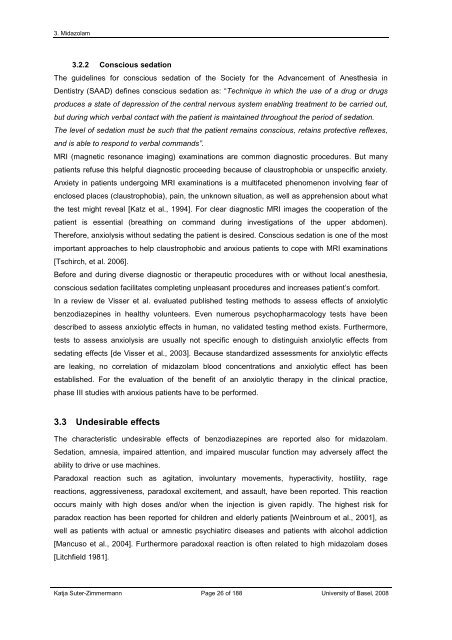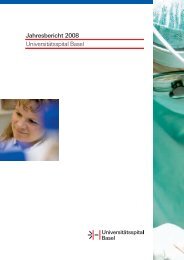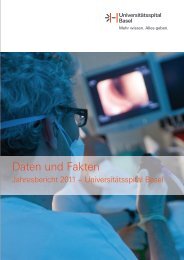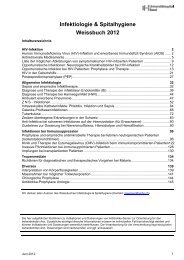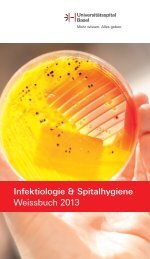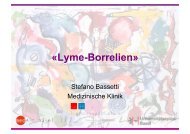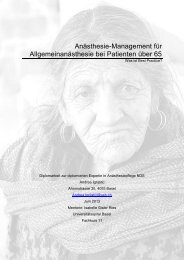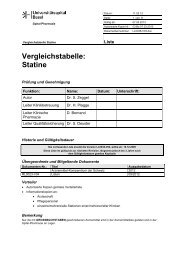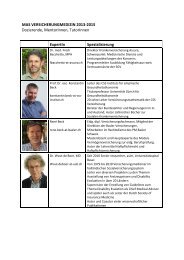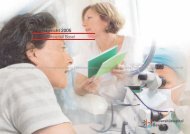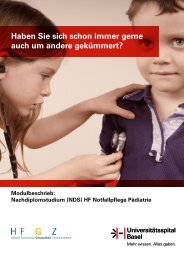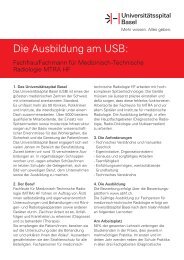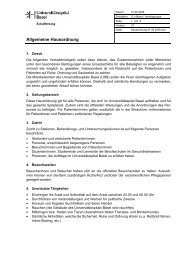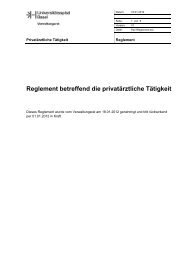Transmucosal Nasal Drug Delivery: Systemic Bioavailability of ...
Transmucosal Nasal Drug Delivery: Systemic Bioavailability of ...
Transmucosal Nasal Drug Delivery: Systemic Bioavailability of ...
You also want an ePaper? Increase the reach of your titles
YUMPU automatically turns print PDFs into web optimized ePapers that Google loves.
3. Midazolam<br />
3.2.2 Conscious sedation<br />
The guidelines for conscious sedation <strong>of</strong> the Society for the Advancement <strong>of</strong> Anesthesia in<br />
Dentistry (SAAD) defines conscious sedation as: “Technique in which the use <strong>of</strong> a drug or drugs<br />
produces a state <strong>of</strong> depression <strong>of</strong> the central nervous system enabling treatment to be carried out,<br />
but during which verbal contact with the patient is maintained throughout the period <strong>of</strong> sedation.<br />
The level <strong>of</strong> sedation must be such that the patient remains conscious, retains protective reflexes,<br />
and is able to respond to verbal commands”.<br />
MRI (magnetic resonance imaging) examinations are common diagnostic procedures. But many<br />
patients refuse this helpful diagnostic proceeding because <strong>of</strong> claustrophobia or unspecific anxiety.<br />
Anxiety in patients undergoing MRI examinations is a multifaceted phenomenon involving fear <strong>of</strong><br />
enclosed places (claustrophobia), pain, the unknown situation, as well as apprehension about what<br />
the test might reveal [Katz et al., 1994]. For clear diagnostic MRI images the cooperation <strong>of</strong> the<br />
patient is essential (breathing on command during investigations <strong>of</strong> the upper abdomen).<br />
Therefore, anxiolysis without sedating the patient is desired. Conscious sedation is one <strong>of</strong> the most<br />
important approaches to help claustrophobic and anxious patients to cope with MRI examinations<br />
[Tschirch, et al. 2006].<br />
Before and during diverse diagnostic or therapeutic procedures with or without local anesthesia,<br />
conscious sedation facilitates completing unpleasant procedures and increases patient’s comfort.<br />
In a review de Visser et al. evaluated published testing methods to assess effects <strong>of</strong> anxiolytic<br />
benzodiazepines in healthy volunteers. Even numerous psychopharmacology tests have been<br />
described to assess anxiolytic effects in human, no validated testing method exists. Furthermore,<br />
tests to assess anxiolysis are usually not specific enough to distinguish anxiolytic effects from<br />
sedating effects [de Visser et al., 2003]. Because standardized assessments for anxiolytic effects<br />
are leaking, no correlation <strong>of</strong> midazolam blood concentrations and anxiolytic effect has been<br />
established. For the evaluation <strong>of</strong> the benefit <strong>of</strong> an anxiolytic therapy in the clinical practice,<br />
phase III studies with anxious patients have to be performed.<br />
3.3 Undesirable effects<br />
The characteristic undesirable effects <strong>of</strong> benzodiazepines are reported also for midazolam.<br />
Sedation, amnesia, impaired attention, and impaired muscular function may adversely affect the<br />
ability to drive or use machines.<br />
Paradoxal reaction such as agitation, involuntary movements, hyperactivity, hostility, rage<br />
reactions, aggressiveness, paradoxal excitement, and assault, have been reported. This reaction<br />
occurs mainly with high doses and/or when the injection is given rapidly. The highest risk for<br />
paradox reaction has been reported for children and elderly patients [Weinbroum et al., 2001], as<br />
well as patients with actual or amnestic psychiatirc diseases and patients with alcohol addiction<br />
[Mancuso et al., 2004]. Furthermore paradoxal reaction is <strong>of</strong>ten related to high midazolam doses<br />
[Litchfield 1981].<br />
Katja Suter-Zimmermann Page 26 <strong>of</strong> 188 University <strong>of</strong> Basel, 2008


